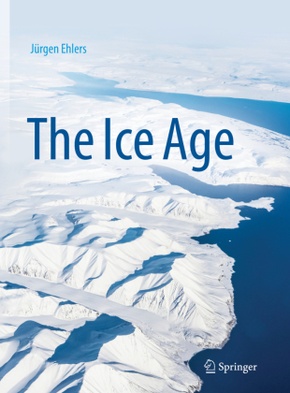
| Verlag | Springer |
| Auflage | 2022 |
| Seiten | 411 |
| Format | 21,7 x 3,0 x 28,5 cm |
| Gewicht | 1282 g |
| Artikeltyp | Englisches Buch |
| ISBN-10 | 3662645890 |
| EAN | 9783662645895 |
| Bestell-Nr | 66264589A |
Nothing new from the Ice Age? Far from it! Barely ten years have passed since the first edition of this book was published, but in that time researchers around the world have developed new methods and published their findings in scientific journals. Consequently, ideas about the course of the Ice Age have changed dramatically. The sequence of the individual ice advances, the direction of ice movement and the direction of meltwater drainage are only partially known, but they can be reconstructed. This book offers in-depth information about the state of the investigations.
Ice ages are the periods of the earth's history in which at least one polar region is glaciated or covered by sea ice. Thus, we are currently living in an Ice Age. The present Ice Age is also the period in which humans started to intervene in the shaping of the earth. The results are obvious. Aerial and satellite images can be used to trace the melting of glaciers, but also the decay of the Arctic perma frost,and the clearing of the Brazilian rainforest.
This book is a translation of the original German 2nd edition Das Eiszeitalter by Juergen Ehlers, published by Springer-Verlag GmbH Germany, part of Springer Nature, in 2020. The translation was done with the help of artificial intelligence (machine translation by DeepL.com). A subsequent human revision was done primarily in terms of content, so that the book will read stylistically differently from a conventional translation. Springer Nature works continuously to further the development of tools for the production of books and promotes technologies to support the authors.
Inhaltsverzeichnis:
Introduction.- The course of the ice age.- Ice and water.- Tills and terminal moraines - the traces of the glaciers.- From the glacial mill to the glacial valley.- Maps - where are we actually here?.- How far did the glaciers reach?.- Ice in the ground - the formation of the periglacial regions.- Hippos on the Thames - the history of the warm periods.- Sequence of deglaciation.- Wind, sand and stones - the aeolian processes.- What happened to the rivers?.- North Sea and Baltic Sea in the ice age.- Climate reconstructions and models.- Man intervenes.
